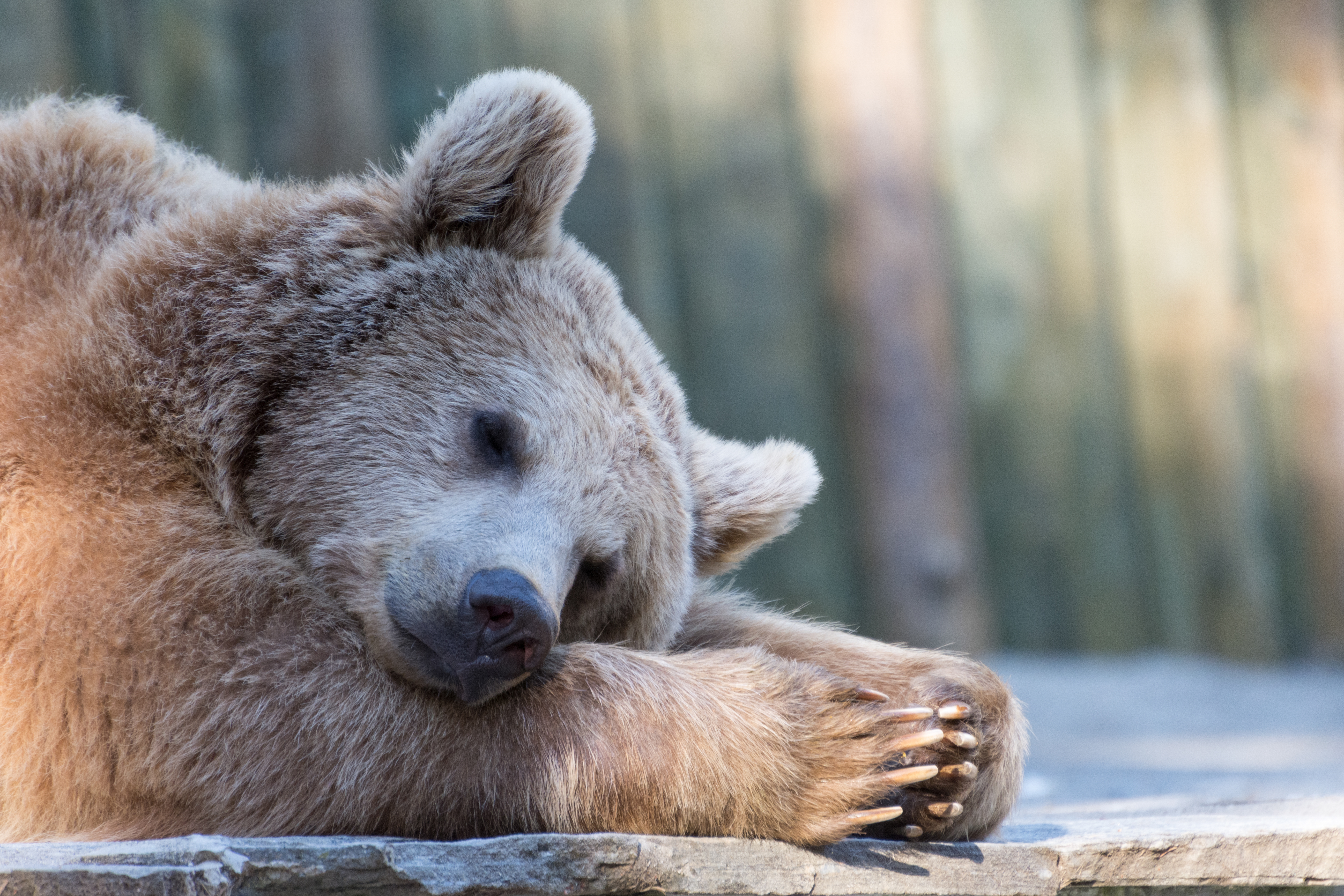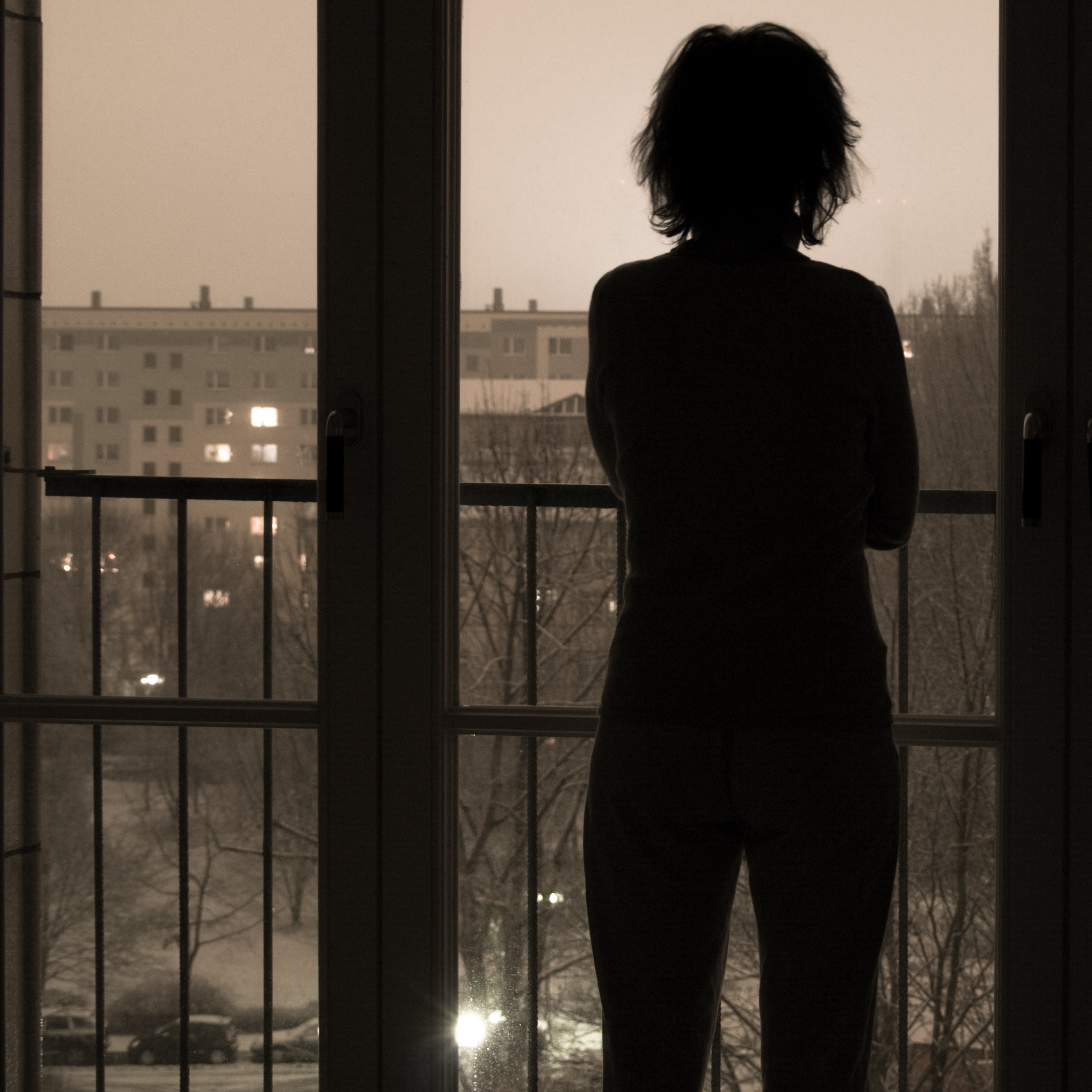For some of us, we feel a pang of jealousy when we think of animals hibernating in the winter. Just imagine yourself curled up in a dark, quiet spot to sleep until the weather warms up and the food supply is better. That’s the stuff of dreams for some of us. But alas, humans don’t hibernate. Or do they?
Scientists actually have been studying hibernation and how it applies to humans, certain health issues and our overall wellness. Let’s take a look at the fascinating ways humans do exhibit behaviors and physical changes associated hibernation.
What happens in hibernation and why?
During hibernation, the metabolism slows down. When animals hibernate and prepare for winter, their metabolism slows along with other body functions and activities, including sex drive and appetite, and the body essentially works on the fat stores to keep vital systems operating.

We might believe that humans do hibernate when we consider how our lifestyles have evolved from earlier times when the transition into fall and winter required us to end the work day in the fields earlier as daylight decreased; we stored food and supplies and ate differently; and our daily activities changed and we spent more time indoors around the fire, repairing tools, mending or making clothes and telling stories.
In modern life, we push through seasonal changes and don’t let it dictate our activities. We demand the same level of productivity year-round from our bodies and minds. However, studies have shown that things we can’t control like hormone production go through changes in the winter, specifically serotonin and melatonin which affect alertness (sleep), mood and appetite.
Is it SAD or hibernation?
The American Academy of Family Physicians estimates that about half a million Americans suffer from Seasonal Affective Disorder (SAD), a type of depression that’s related to changes in seasons, most commonly starting in the fall and continuing through winter. Depressive symptoms can include excessive sleeping or eating, moodiness, lethargy, craving carbohydrates or decreased sexual drive.

Researchers have looked at SAD-related changes in the autonomic nervous system which regulate functions such as breathing and heart rate. Two parts of the autonomic nervous system work in opposition to control bodily functions: sympathetic system boosts metabolism while the parasympathetic damps bodily functions. Just before animals hibernate, they have a spike in the parasympathetic system which tells them to eat more, fatten up to prepare for a long winter’s nap; that triggers the sympathetic system to lower heart rate and body temperature.
Although humans can’t hibernate, our nervous system does send the signals related to hibernation, causing us to eat more and gain weight, and we lack energy and sleep more. This has led some international researchers to believe that what we call winter depression – or SAD – has roots in evolutionary biology.
So whether or not you buy into the evolutionary basis for hibernation-like behaviors in humans, it is interesting nonetheless to consider how certain biological functions coincide with the seasonal changes. Also thought-provoking is the way the modern world and lifestyle have led us to identify these hibernation-like functions and behaviors as a type of mood disorder.
